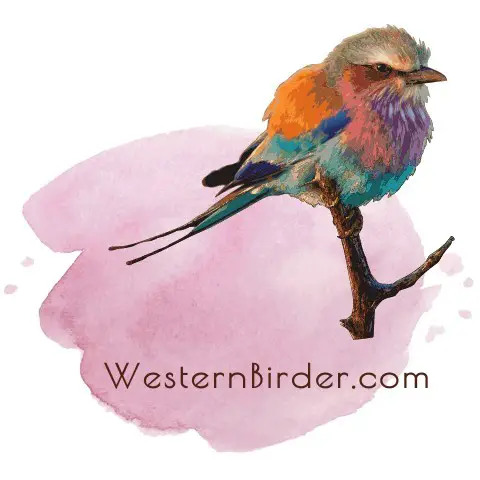“Buller’s Shearwater above the godwits!” said the guide. “You don’t hear that very frequently,” someone next to me commented as we focused our binoculars on the beautiful bird. He was correct. Except for a few months during the mating season, the shearwater is a pelagic bird that lives on the open sea. Godwits are shorebirds that may be found feeding on both saline and freshwater beaches, estuaries, and marsh shallows. But we were in a protected bay in northern California, where a flock of Marbled Godwits perched one-legged on the rocks, anticipating the first rays of dawn on a crisp October morning. The shearwater was flying above them, headed towards land.
I was aboard a fishing boat rented by Monterey, California-based Shearwater Journeys, and we had just left the pier for a day of pelagic birding. We were still deep in the harbour, with no view of the open sea. It was remarkable enough to witness a Buller’s Shearwater so near to shore, much alone so far inland. I should have realised it was going to be an odd birding day right there.
I grew up in Minnesota and Montana, and while having birded all throughout the nation, I had never gone to sea as a birdwatcher. That morning, I was expecting to see the “normal” birds: shearwaters and gulls, Black-footed Albatross, and perhaps storm petrels. And, since late October is the peak of autumn migration, there was always the chance of seeing unusual migrants like puffins and jaegers.
On the boat, there were 16 of us, plus four guides and the captain, all with great aspirations. But none of us anticipated the guest who came by that afternoon. The first part of the day was spent surfing 10-foot waves with a little wind. A swarm of gulls and numerous Black-footed Albatross followed the boat, eating on the chum thrown overboard by the guides.
We had observed numerous shearwater species by the time we were 30 miles out to sea: Buller’s, Flesh-footed, Manx, and even Short-tailed, as well as a Tufted Puffin, a few Rhinoceros Auklets, and a large number of Northern Fulmars, both light and dark phase. We were about to return back when there was a sudden flurry of activity on my side of the boat—people shouting and pointing toward the southern horizon. It took me a while to realise what they were saying: “Short-tailed Albatross, SHORT-TAILED ALBATROSS!”
The lady next me was beyond herself with joy. She yanked on my coat and pointed at a swarm of albatross that all seemed to be the same size and colour to me. “Where is it?” I inquired.
“It’s a child. “Keep an eye out for the pink bill!”
A large brown albatross with a pink beak appeared right in front of me. I could tell by all the enthusiasm that the bird was something exceptional, despite the fact that I was unfamiliar with it. I took my camera off my neck and blasted a couple shots. The albatross circled the boat twice, evidently surveying the group of other birds that was following us. Then it took off into the horizon. We chased for more than an hour when the captain swung quickly and revved the engine. During that time, I learnt about the albatross’ tragic past.
With a wingspan of 8 feet, the Short-tailed Albatross is the biggest bird to breed in the northern hemisphere. It previously numbered in the millions and roamed the northern Pacific Ocean, yet it now breeds nearly entirely on the Japanese island of Torishima. Feather hunters slaughtered these birds viciously from the late 1800s through the early 1900s, virtually eliminating the species for profit. In addition, volcanic eruptions destroyed the nesting habitat by covering part of the island. The island was named a sanctuary in the 1930s, but the Short-tailed Albatross was assumed to be extinct by the late 1940s.
However, one component of the Albatross’ biological nature may have rescued it: the birds take many years to reach reproductive age and reside on the water until then. While the hunters were decimating the adult population, a few hundred youngsters remained at sea. Years later, the adults were found on Torishima Island, reestablishing the colony that many believed had perished forever. Nonetheless, with so few individuals, the species’ existence was jeopardised. Even in the 1960s, there were less than 100 Short-tailed Albatrosses in the globe. However, because to conservation and research initiatives, the population has grown to more over 1000 people, and the future looks bright.
We didn’t see the Short-tailed Albatross again that day, and the boat didn’t return to the port until far after midnight. We’d been at sea for almost 12 hours, and the godwits were most likely deep sleeping. But the thrill of witnessing such a rare bird kept us going, and we added a tiny jewel to our life lists that, maybe, a generation from now will not be so rare.
Jeff Pentel grew up in St. Paul, Minnesota, where he began birding at the age of 5. He moved to Montana in 1977 and is now a freelance photographer and writer.
